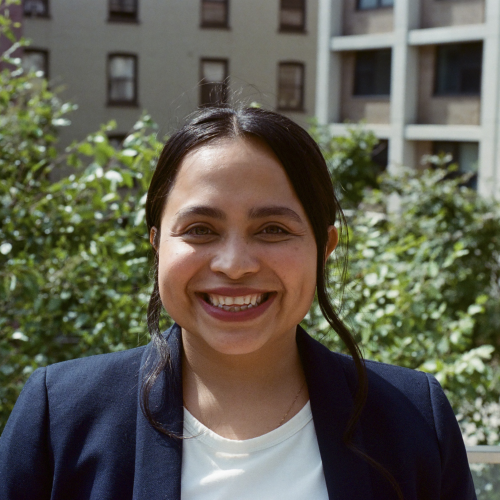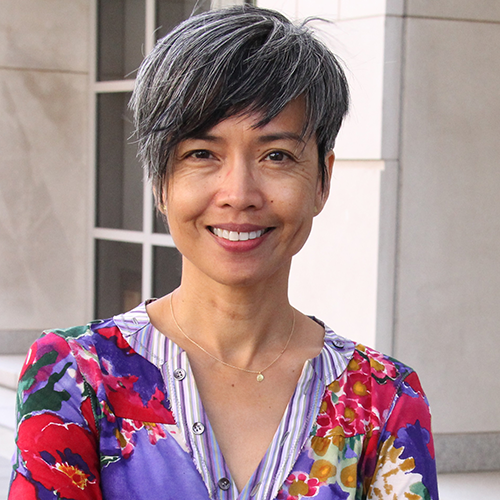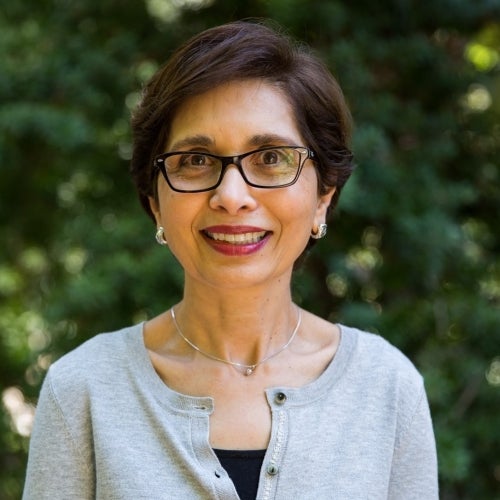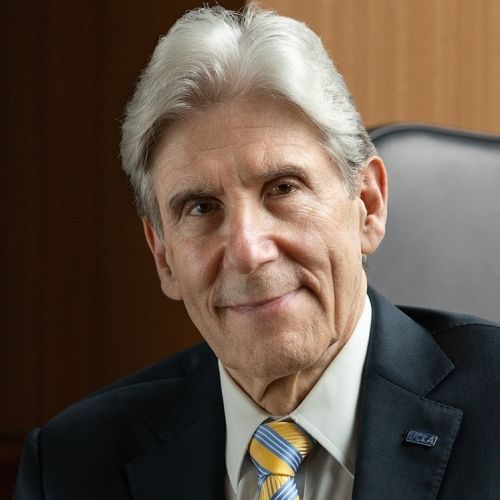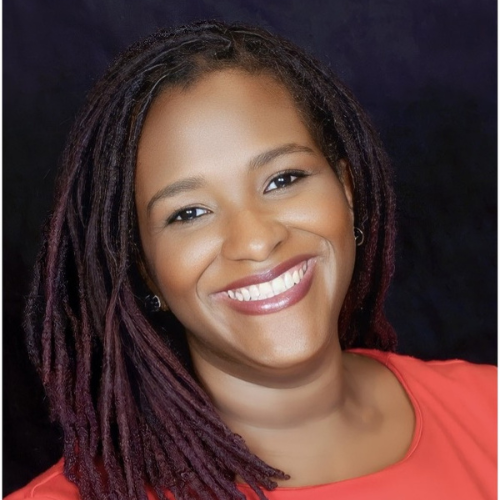Starting from behind: Are we closing the gender gap?
UCLA report reveals marked inequalities in legal rights for women and girls around the world.
On March 9, the United Nations will convene to evaluate the global community’s progress on gender equality in the 20 years since 189 countries adopted the Beijing Declaration and Platform for Action. The U.N. session will continue through March 20.
“Closing the Gender Gap,” a new report by UCLA’s WORLD Policy Analysis Center (WORLD), reveals that more than 170 countries have legal barriers preventing women and girls from experiencing the same rights, protections and liberties as men and boys.
WORLD’s new report and accompanying online resource bank take a heightened approach to global accountability and transparency by detailing the rights, laws and policies pertaining to gender equality in 197 countries and Beijing Platform signatories. The resource bank includes quantitatively analyzable data, policy briefs, mobile-friendly interactive maps, infographics, fact sheets and more.
Analysis by WORLD shows that in most countries, gender inequality continues to be embedded in national constitutions, laws and policies:
- More than 150 countries lack protections critical to ensuring women’s economic participation.
- Sixty-one countries provide girls with less legal protection from early marriage than they do for boys.
- Ninety-two countries guarantee paid leave to mothers of infants, but not to fathers, perpetuating inequalities in the burden of caregiving and limiting equal opportunities at work.
The U.S. is not immune from these concerns — here, for example, mothers are not ensured paid leave to care for their newborn children, making the U.S. the world’s only high-income country not to provide such a guarantee. And while more than 80 percent of countries in the world have a constitutional guarantee of gender equality, the U.S. does not.
Yet the report findings indicate that progress is possible. More than 95 percent of the 56 new national constitutions adopted around the world in the past 20 years legally guarantee gender equality. Good legislation and policies exist in all regions and at all country income levels.
"Citizens need and deserve to know their rights and how their country fares when compared to others," said Dr. Jody Heymann, founding director of the WORLD Policy Analysis Center and dean of the UCLA Fielding School of Public Health. "Only by getting data into the hands of citizens and leaders alike on what effective steps have been taken — and what haven’t — can we close the gender gap in our global community."
The study examined whether laws treat women and men equally, and whether concrete steps have been taken to reduce inequality. Among the findings:

Constitutions
- Constitutional guarantees are nearly universal in newly passed constitutions. More than 95 percent of the 56 constitutions that have been adopted since 1995 include guarantees for gender equality, compared with just 79 percent enacted before then. These protections of equality provide a foundation to challenge discriminatory laws.
- Thirty-two constitutions still do not explicitly guarantee gender equality.
- Eleven constitutions allow customary or religious law to supersede constitutional protections of gender equality, potentially jeopardizing equal rights for women.
- Despite constitutional guarantees, discriminatory laws remain in place in many countries around the world.

Families and marriage
- Only 56 constitutions guarantee equality within marriage and there has been little change in the level of protection over the past 20 years.
- Legislation also lags behind in this area. Sixty-one countries allow girls to be legally married younger than boys.
- Inequalities in the law contribute to more girls being married young than boys: Nearly five times more girls than boys are married before the age of 18.
- While large gaps remain, many countries have strengthened child marriage legislation since Beijing. Among 105 low- and middle-income countries, the percentage of countries that allow girls to be married before age 18 with parental consent fell from to 56 percent in 2013 from 80 percent in 1995.

Families and work
- One hundred and eighty-eight countries guarantee paid leave for new mothers (the U.S. does not), but only 96 countries provide paid leave for new fathers. This legal inequality reinforces social norms that women are responsible for care and limits women’s economic opportunities, contributing to lower employment rates and wages for women.
- Caregiving doesn’t end at infancy. Eighty-one countries provide no leave that can be used to meet children’s health needs and five other countries place the burden of meeting children’s health needs solely on women. In 143 countries, no leave can be used to meet children’s educational needs and two other countries place the burden of meeting children’s educational needs solely on women.
- As the global population ages, leave to care for adult family members is increasingly important. Ninety-seven countries do not provide any leave to meet adult family members’ health needs. This gap disproportionately affects women who carry far more of the elder caregiving globally.
- Countries that do guarantee paid leave for men and women exist in every region and income level.

Education
- All but seven countries have made primary education tuition-free, but 40 countries continue to charge tuition before the end of secondary school.
- When cost is a barrier, girls are more likely to be kept out of schools than boys. Unsurprisingly, the regions with the largest gaps in secondary enrolment for boys and girls are also those that are most likely to charge tuition.
- Among those countries with available expenditure data, 43 percent that charge tuition before the completion of secondary school spend less than 4 percent of their gross domestic product on education.

Economy and work
- Only 64 countries constitutionally guarantee women protection from discrimination at work or guarantee equal pay for equal work.
- Only 40 countries have legislative protections from gender discrimination in hiring and pay.
- Of constitutions adopted in the past 20 years, 38 percent guarantee protection from discrimination at work, compared to only 12 percent of those that existed previously.
WORLD’s findings provide an opportunity to examine countries’ progress in closing the gender gap, especially in critical areas that impact the daily lives of women and girls — access to quality education and the ability to remain in school, protection from child marriage, equal rights in employment, and policies that ensure health at work and at home.
"When the status of women and girls improves, population health improves and the economic strength of companies and countries increases. Entire families, communities, and countries are lifted up," Heymann said.
The Maternal and Child Health Equity research program at McGill University helped develop longitudinal data on child marriage, breastfeeding breaks and maternal leave for the study.
The Bill & Melinda Gates Foundation provided grant support for this work to improve the quantity and quality of comparative policy data available in partnership with the Bill, Hillary & Chelsea Clinton Foundation’s No Ceilings Initiative.
The WORLD Policy Analysis Center at the UCLA Fielding School of Public Health is the first and largest data center providing quantitatively analyzable data on policies and laws in 197 countries and Beijing Platform signatories in a range of critical areas, including education, health, environment, poverty, families, adult labor, marriage, childhood, child labor, equal rights and discrimination, aging, disability and gender.
Faculty Referenced by this Article

Industrial Hygiene & Analytical Chemistry

Assistant Dean for Research & Adjunct Associate Professor of Community Health Sciences

Dr. Ron Andersen is the Wasserman Professor Emeritus in the UCLA Departments of Health Policy and Management.

Dr. Anne Rimoin is a Professor of Epidemiology and holds the Gordon–Levin Endowed Chair in Infectious Diseases and Public Health.

Dr. Joseph Davey is an infectious disease epidemiologist with over 20 years' experience leading research on HIV/STI services for women and children.

Director of Field Studies and Applied Professional Training

Dr. Hankinson is a Distinguished Professor of Pathology and Laboratory Medicine, and of EHS, and Chair of the Molecular Toxicology IDP

Associate Professor for Industrial Hygiene and Environmental Health Sciences

Robert J. Kim-Farley, MD, MPH, is a Professor-in-Residence with joint appointments in the Departments of Epidemiology and Community Health Sciences

Dr. Michelle S. Keller is a health services researcher whose research focuses on the use and prescribing of high-risk medications.

Automated and accessible artificial intelligence methods and software for biomedical data science.

EMPH Academic Program Director with expertise in healthcare marketing, finance, and reproductive health policy, teaching in the EMPH, MPH, MHA program

Professor of Community Health Sciences & Health Policy and Management, and Associate Dean for Research
Nationally recognized health services researcher and sociomedical scientist with 25+ years' experience in effectiveness and implementation research.







